Luffa, also known as loofah, is a versatile plant that has long been valued for its unique properties. While traditionally harvested for use as a natural bathing sponge or in cooking, it is the luffa’s transformation into a design material that has sparked new interest in recent years. Once relegated to utilitarian functions, luffa has found a place in high-design environments, where its organic texture, sustainability, and unique form bring fresh, eco-conscious aesthetics to contemporary interiors and products.
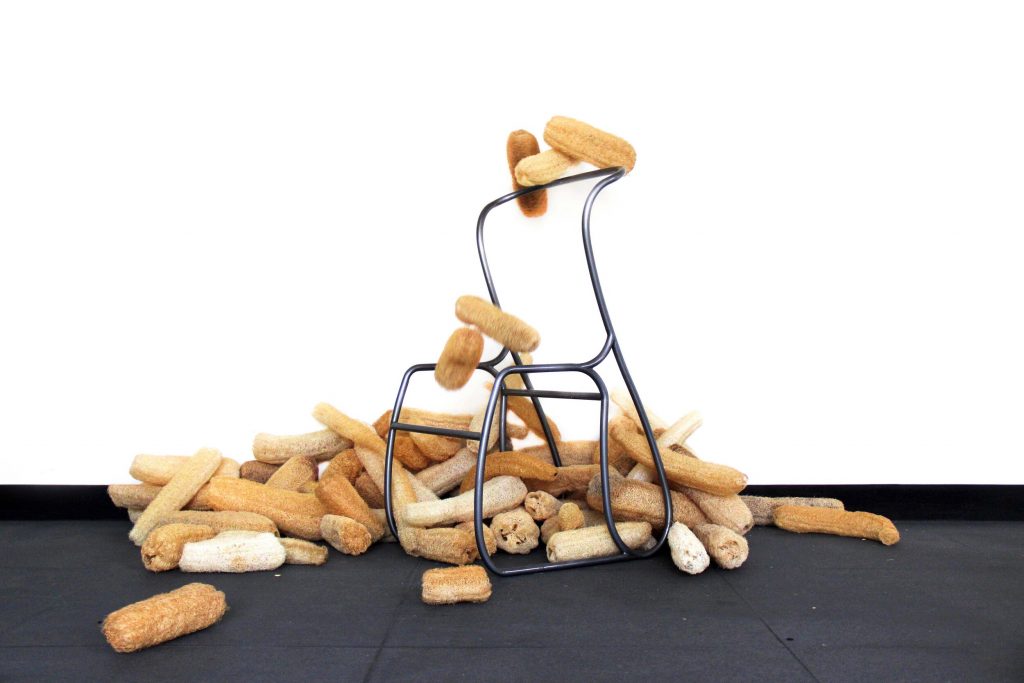
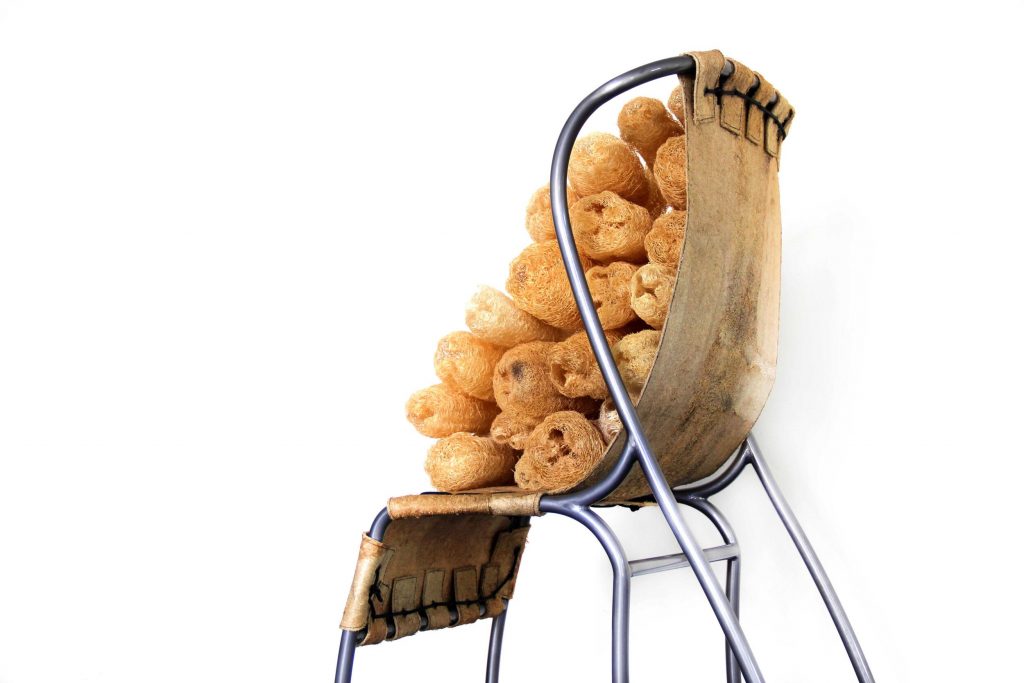
Lukang by Dorian Etienne and Cordélia Faure
The Lukang chair, designed by French designers Dorian Etienne and Cordélia Faure, stands as a remarkable example of sustainable design. Its innovative use of luffa fibers, combined with stainless steel, creates a highly durable and flexible structure that pushes the boundaries of eco-conscious furniture making.
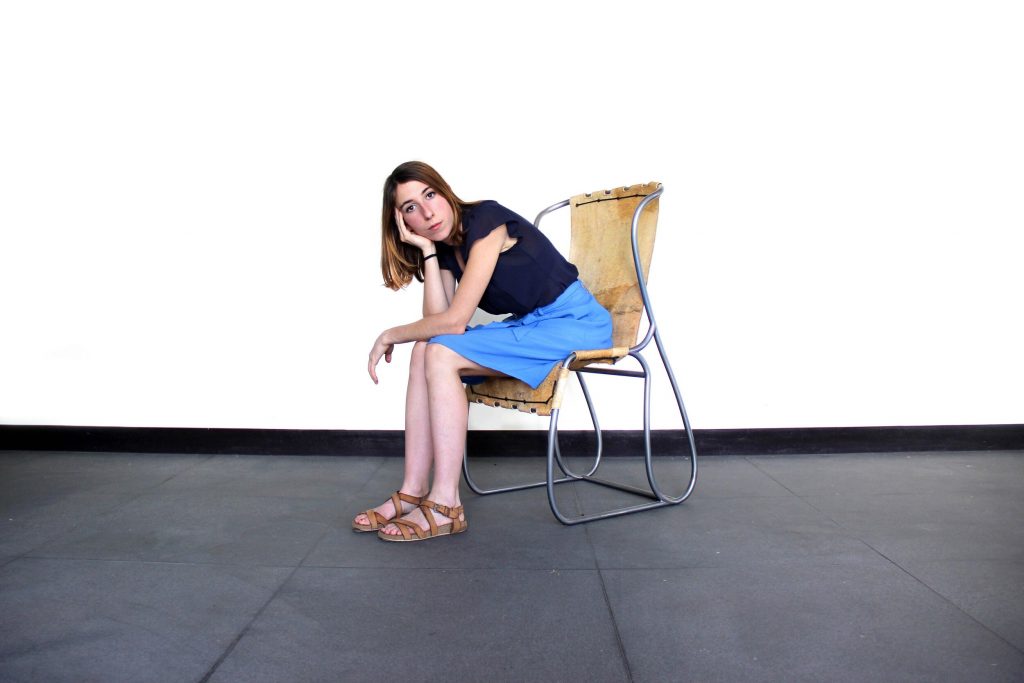
Lukang by Dorian Etienne and Cordélia Faure
The design process is rooted in sustainability: under mechanical pressure, the luffa fibers interweave to form a continuous frame of infinite length and thickness, eliminating the need for traditional binders. This new material is not only lightweight but also incredibly durable, allowing the chair to maintain its integrity over time while being exceptionally flexible, capable of taking on various shapes and forms without losing strength.
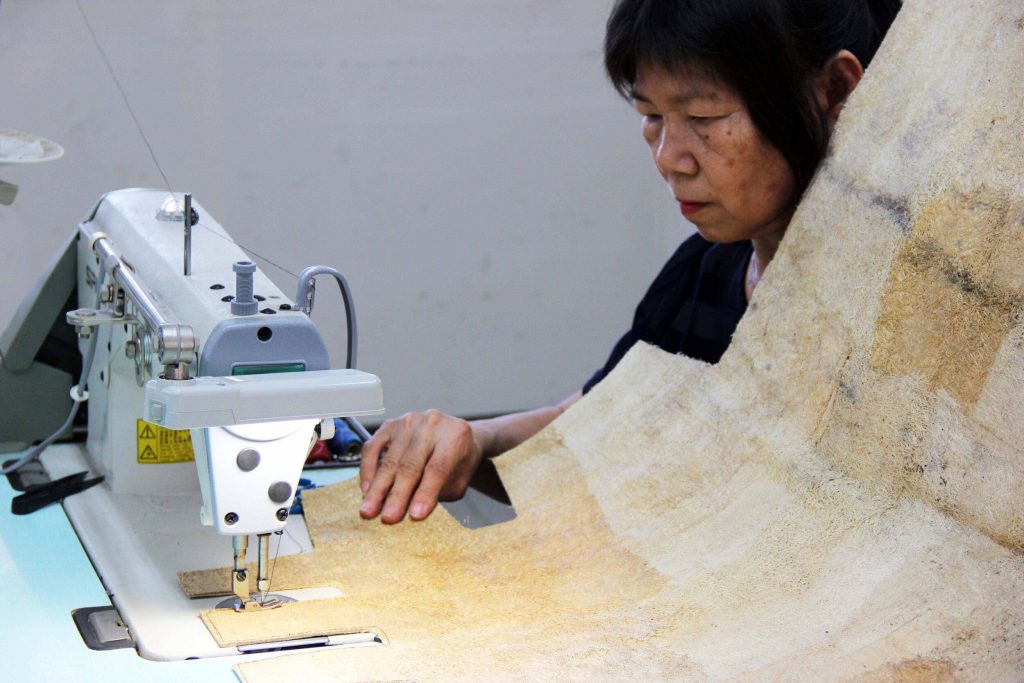
Lukang by Dorian Etienne and Cordélia Faure
The chair’s seat is securely attached using leather links, which are both reversible and durable, ensuring the longevity of the product. One of the most forward-thinking aspects of the Lukang chair is its commitment to sustainability throughout its lifecycle. When the fiber seat shows signs of wear after years of use, it can be easily removed and sent back to the manufacturer. The luffa fibers are gently separated in a water bath and repressed into a brand-new seat, effectively giving the chair a second life.
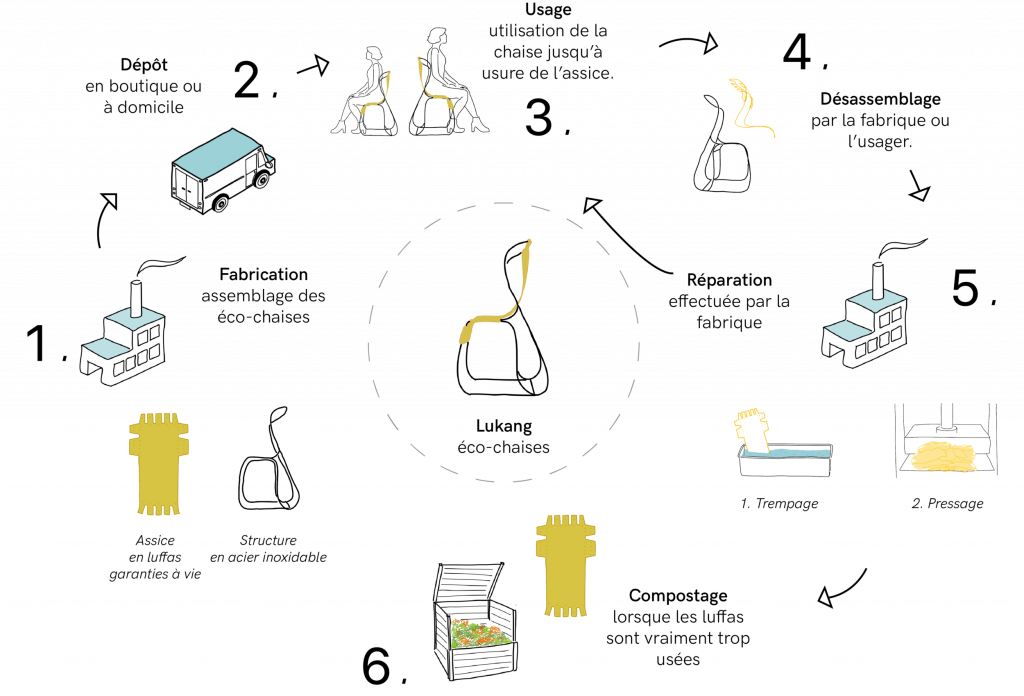
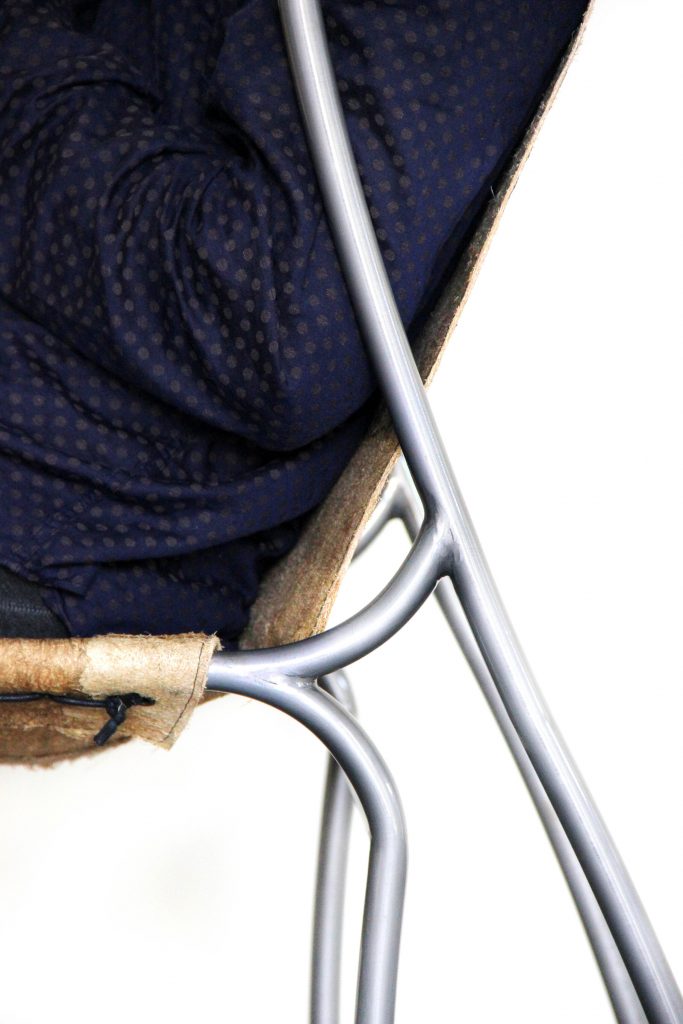
Lukang by Dorian Etienne and Cordélia Faure
With a focus on durability, flexibility, and reuse, the Lukang chair exemplifies a sustainable design philosophy, offering not just a piece of furniture, but a circular solution that minimizes waste and maximizes longevity.
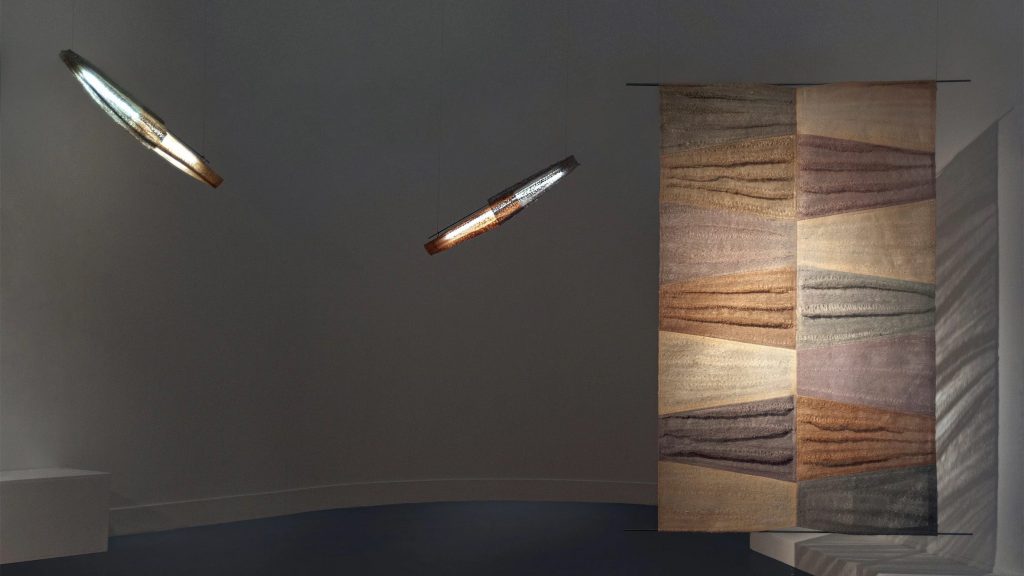
Luffa collection by Samer Selbak
Samer Selbak’s “Luffa” collection is a remarkable exploration of heritage, craftsmanship, and the poetic relationship between material, light, and form. The Palestinian designer based in Paris, Selbak reimagines the humble luffa, dyeing it with vegetables like red cabbage, onion skin, and avocado pits to create a palette of muted, organic hues. These shades—brown, pink, and blue—serve as a backdrop for Selbak’s exploration of texture and form, resulting in objects that speak to both nature and the human touch.
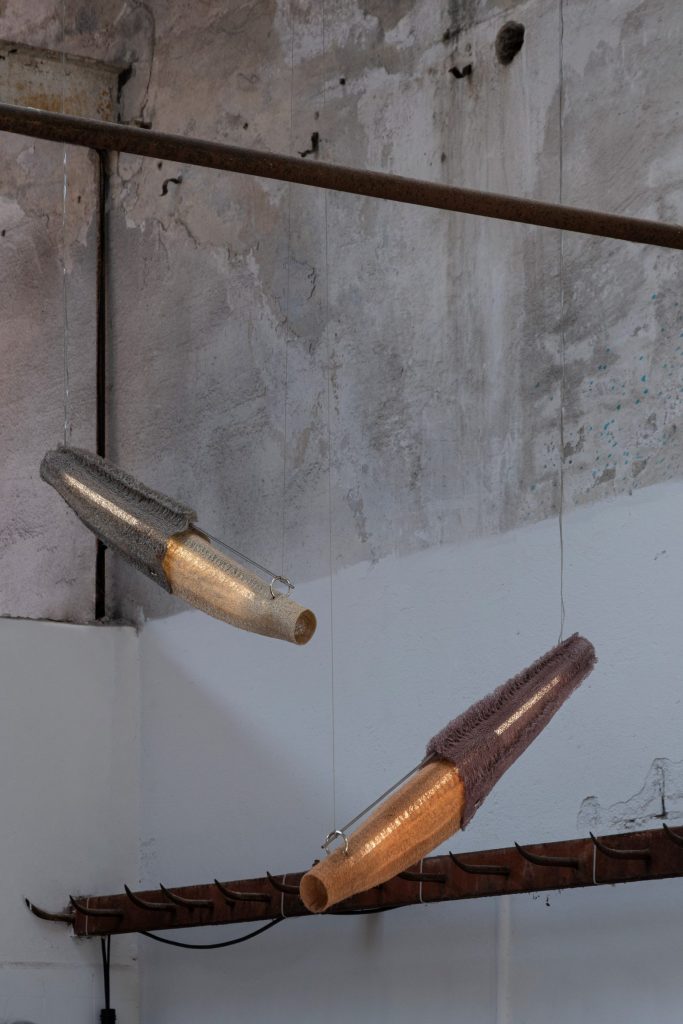
Luffa collection by Samer Selbak
Selbak’s use of natural dyeing techniques emphasizes a deeper connection to craft and the environment. The vegetable dyes transform the luffa into something both delicate and durable, its natural tones enhancing the organic qualities of the material. This approach to dyeing reflects the designer’s belief in the value of handcraft over industrial methods, producing results that are ever-changing and surprising. The luffa’s inherent flexibility and resilience are brought to life through Selbak’s meticulous process, which involves heat-compressing, folding, and sewing the material into intricate forms.
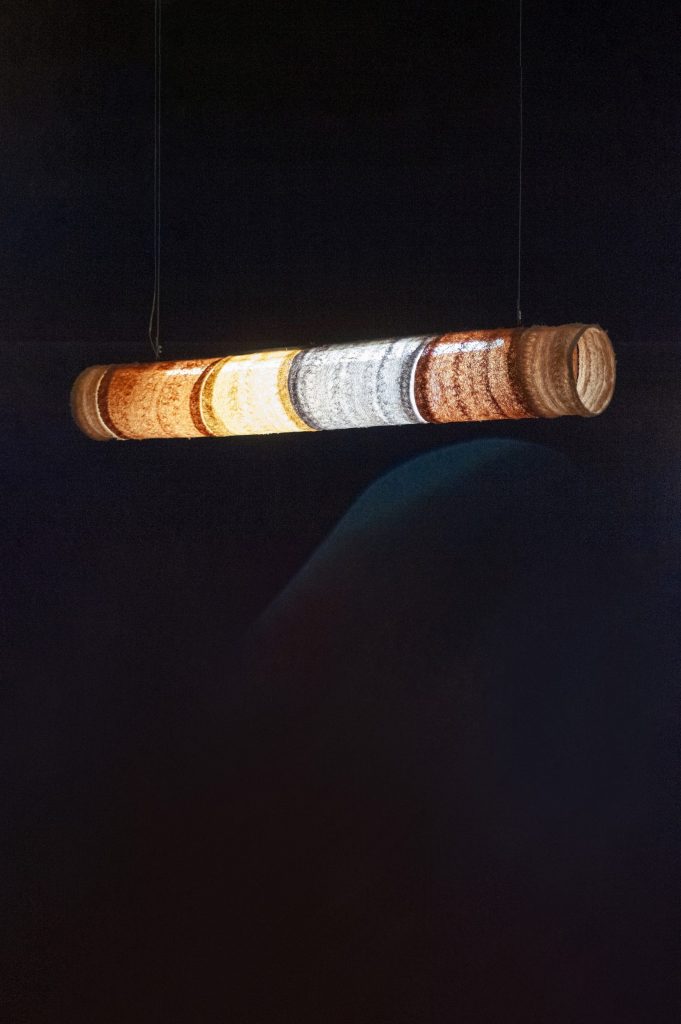
Luffa collection by Samer Selbak
The resulting pieces—two pendant lights and a space divider—embody a symbiotic relationship between the luffa and its environment. The Saffeer and Nafaq pendant lights, each encased in a pattern of luffa, form tubular and horizontal shapes that cast mesmerizing light and shadow when illuminated. Selbak’s intention is for these lights to create a “sub-aquatic mystical presence,” evoking the beauty of corals—liminal objects that seem to exist between the natural world of plants and minerals, and between life and inanimate matter. The play of light through the luffa’s textured surface offers a sensory experience, bringing attention to the material’s inherent qualities: its lightness, its breathability, and its ability to create a dynamic interplay of light, shadow, and form.
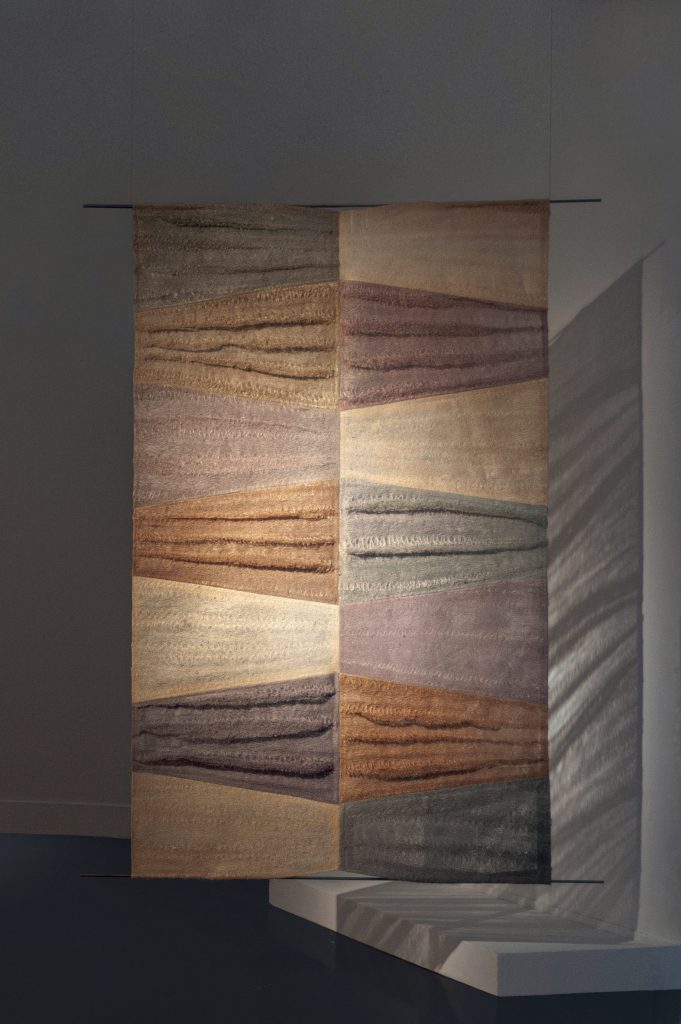
Luffa collection by Samer Selbak
Selbak’s Reef space divider further demonstrates his mastery of material and form. Composed of dyed sheets of luffa arranged in a geometric pattern and suspended between steel bars, the piece serves as both a functional object and a sculptural work of art. The divider offers both privacy and transparency, allowing light and air to pass through while still defining space. For Selbak, this piece speaks to his desire to integrate nature into the home, blending organic materials with contemporary design to create a piece that resonates with both aesthetic beauty and ecological responsibility.
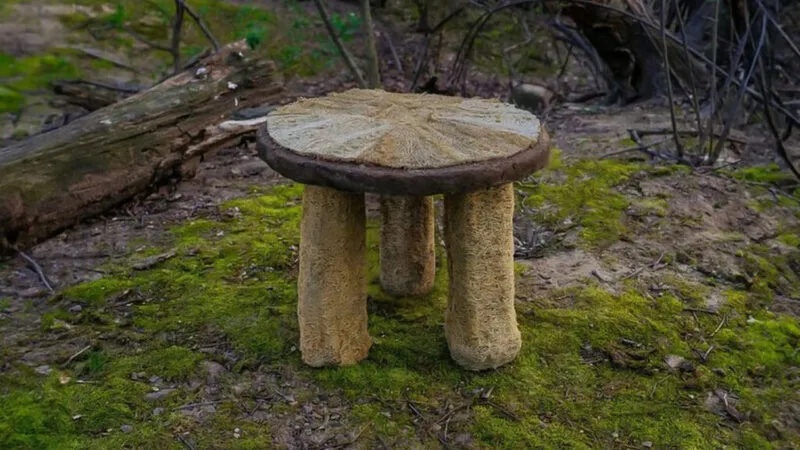
Luffa Stoolita by Justin Wan, Paul Edward Liu, and Tim Ting-Hao Chen
Developed by Columbia University GSAPP master’s students Justin Wan, Paul Edward Liu, and Tim Ting-Hao Chen, the Luffa Stoolita project leverages the natural properties of luffa, utilizing its fibers, structure, and cushioning qualities in various components of the furniture. By combining luffa with spent coffee grounds and clay-rich soil, the students developed a durable and environmentally friendly material blend for both the stool’s seat and legs.
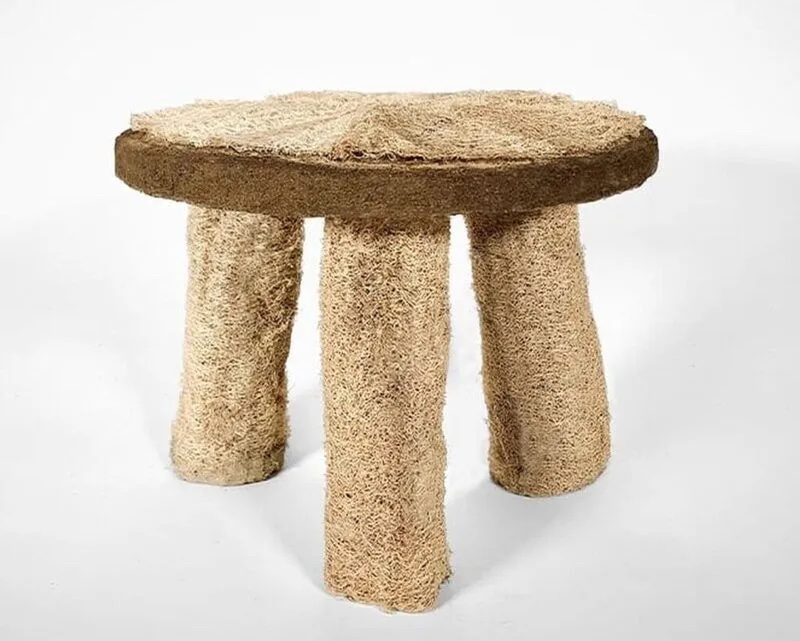
Luffa Stoolita by Justin Wan, Paul Edward Liu, and Tim Ting-Hao Chen
The luffa’s tensile strength was especially important in the creation of the stool’s legs, which were made from halved luffa segments filled with the earth-coffee blend. The seat base incorporated shredded luffa to provide flexibility and prevent shrinkage while enhancing the material’s structural integrity.
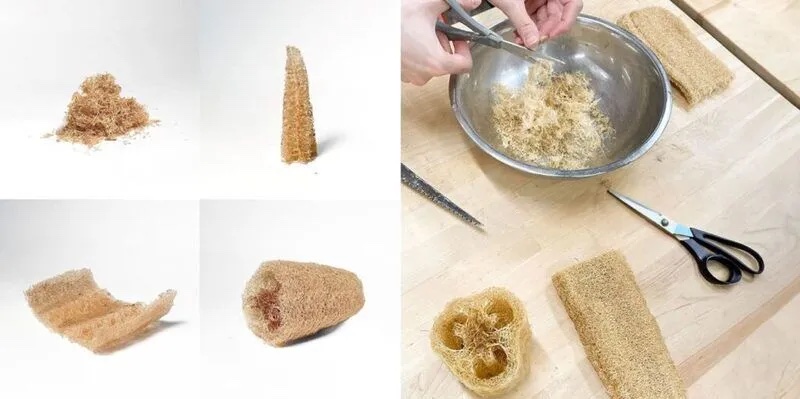
Luffa Stoolita by Justin Wan, Paul Edward Liu, and Tim Ting-Hao Chen
The project also explores the intersection of sustainability and responsible consumption, urging a reconsideration of how food waste, often seen as a disposable by-product, can be upcycled into valuable, functional products. With a focus on local sourcing, the design remains rooted in environmentally conscious practices, from material selection to production methods.
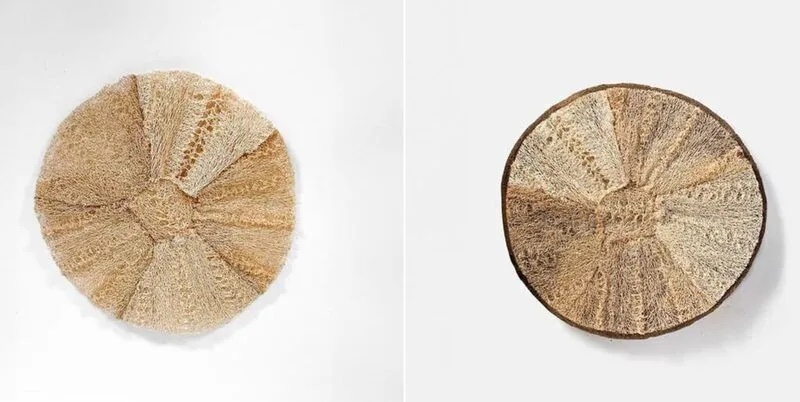
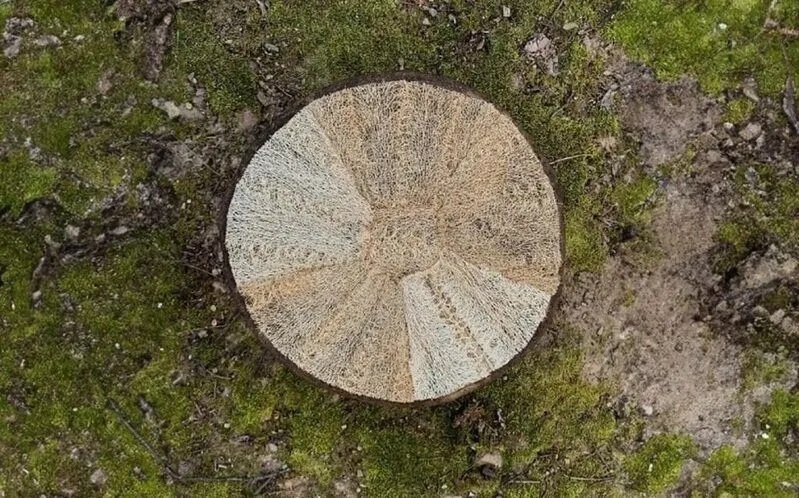
Luffa Stoolita by Justin Wan, Paul Edward Liu, and Tim Ting-Hao Chen
Furthermore, the stool’s cushion, made from the outer surface of the luffa fruit, was turned inside-out to provide a smoother, more comfortable seating surface. The resulting piece is not only a testament to creative upcycling but also a practical and durable solution to the growing challenge of food waste in our consumer-driven society.